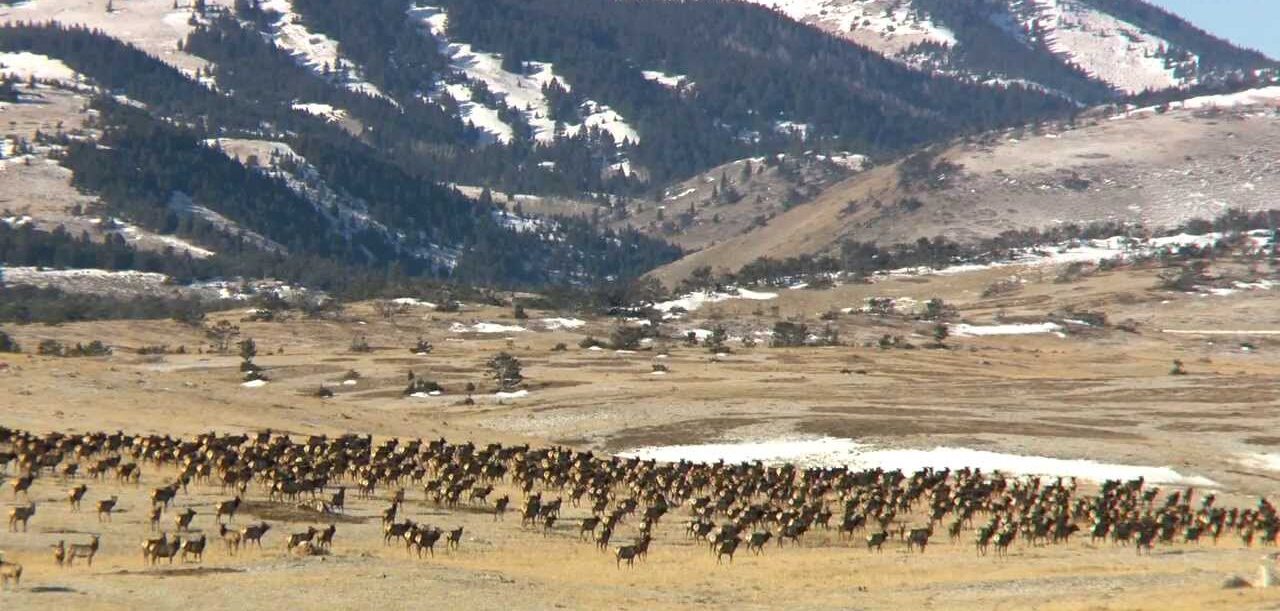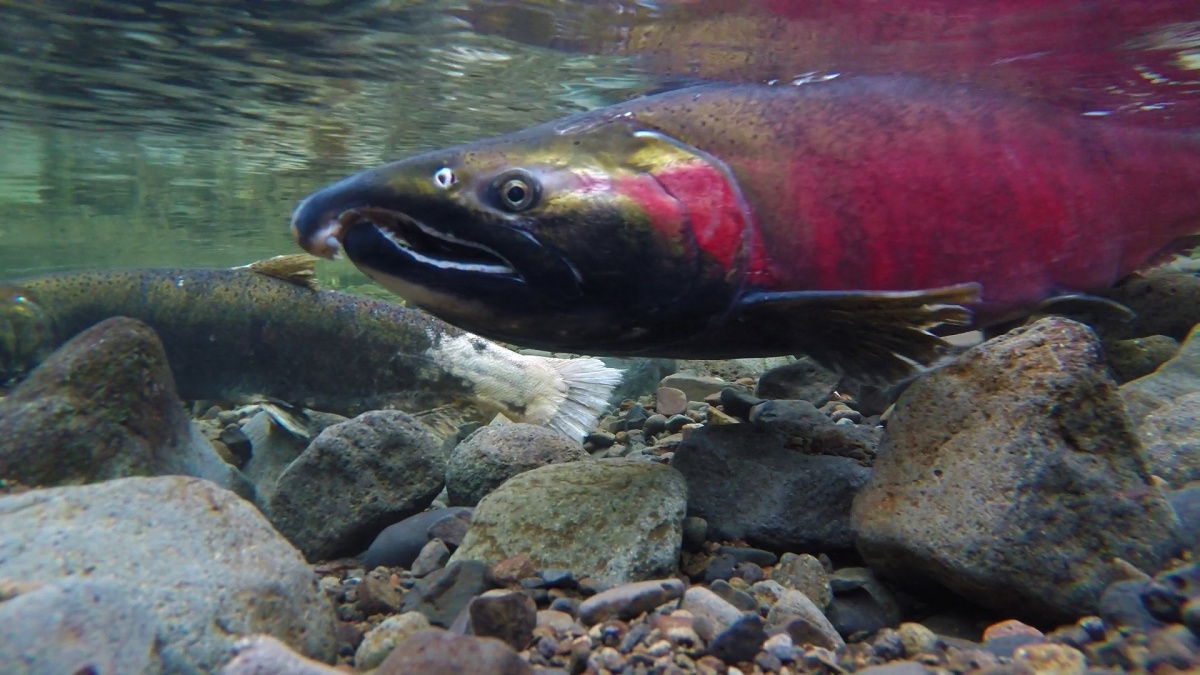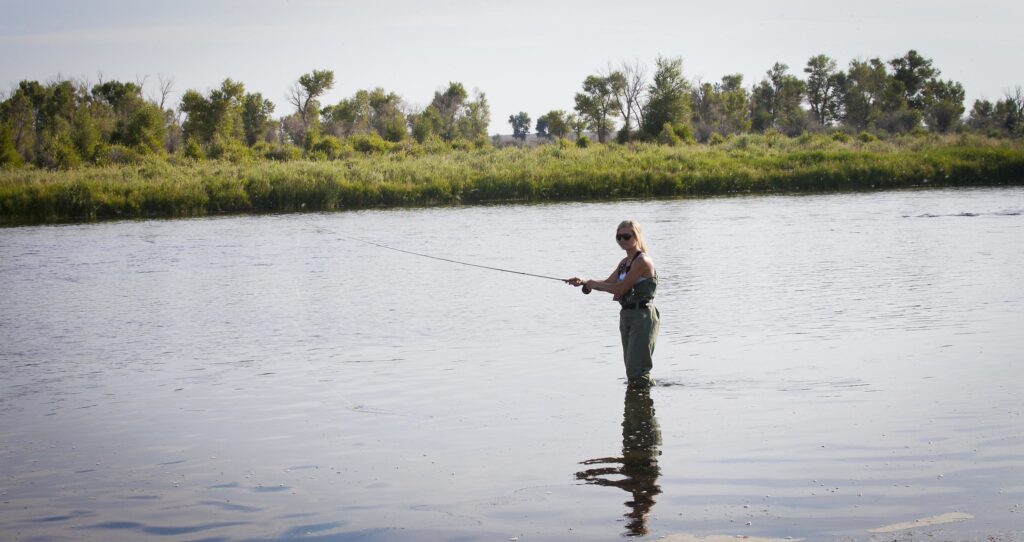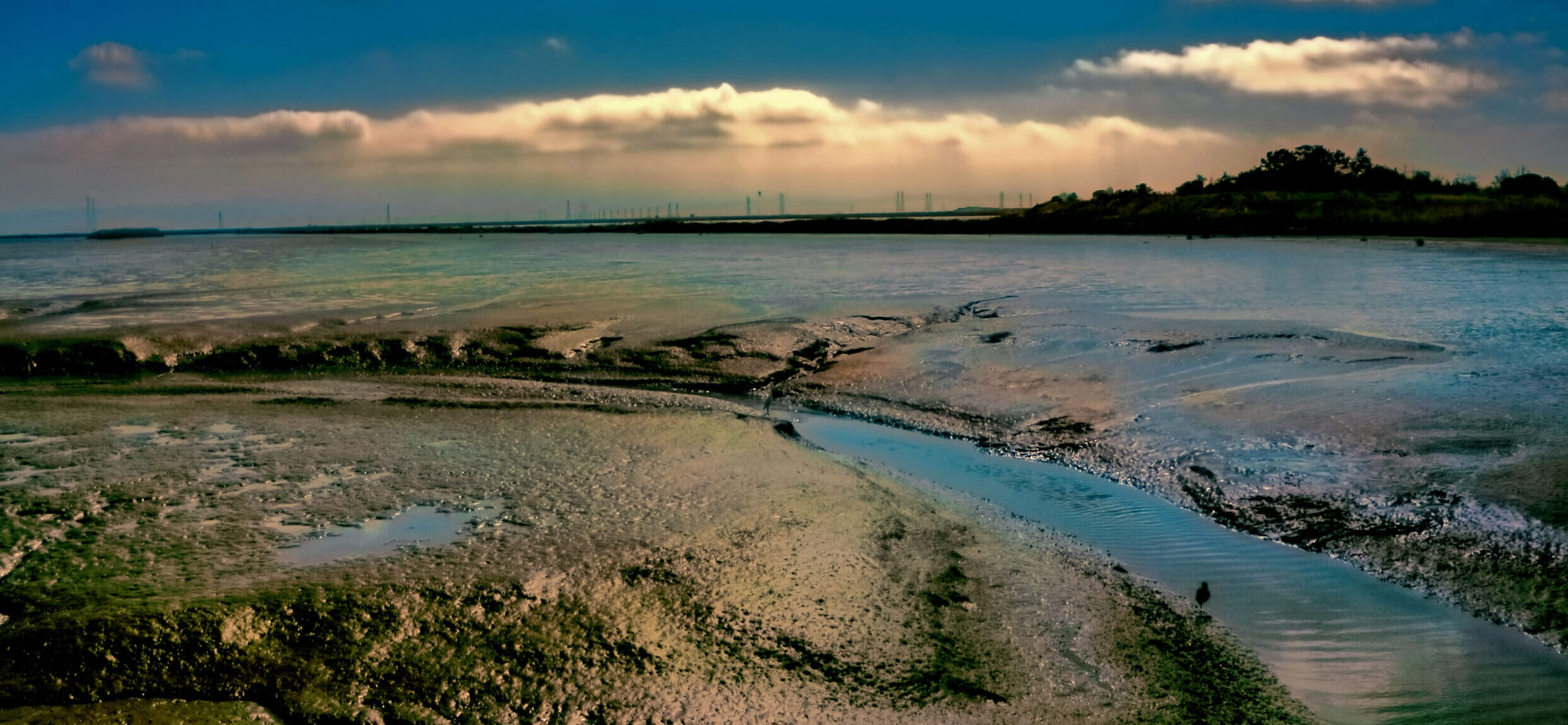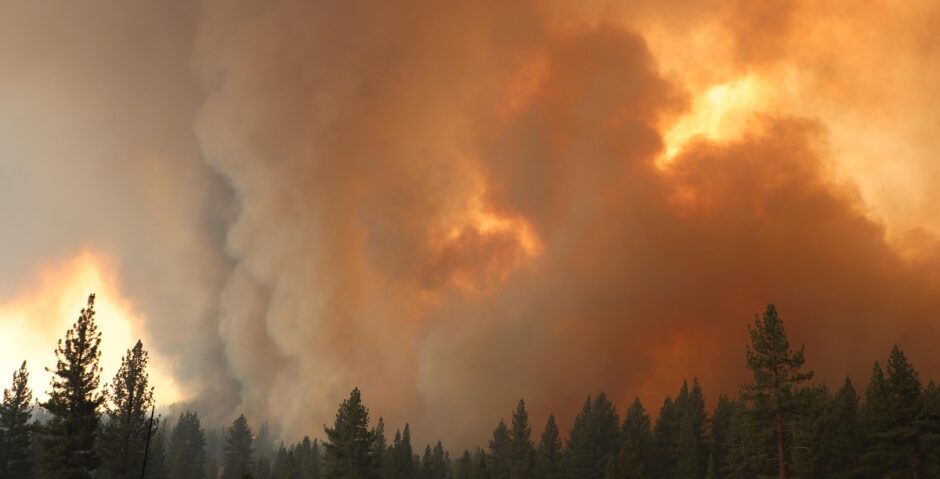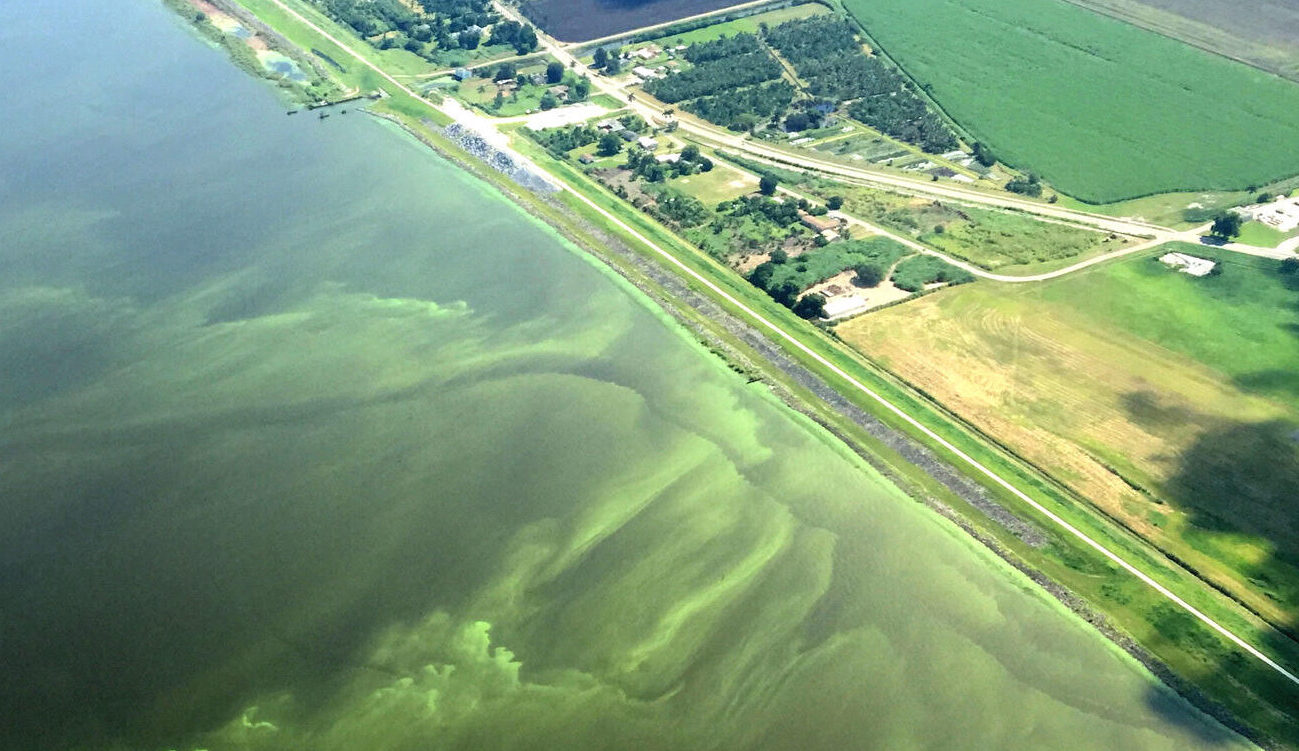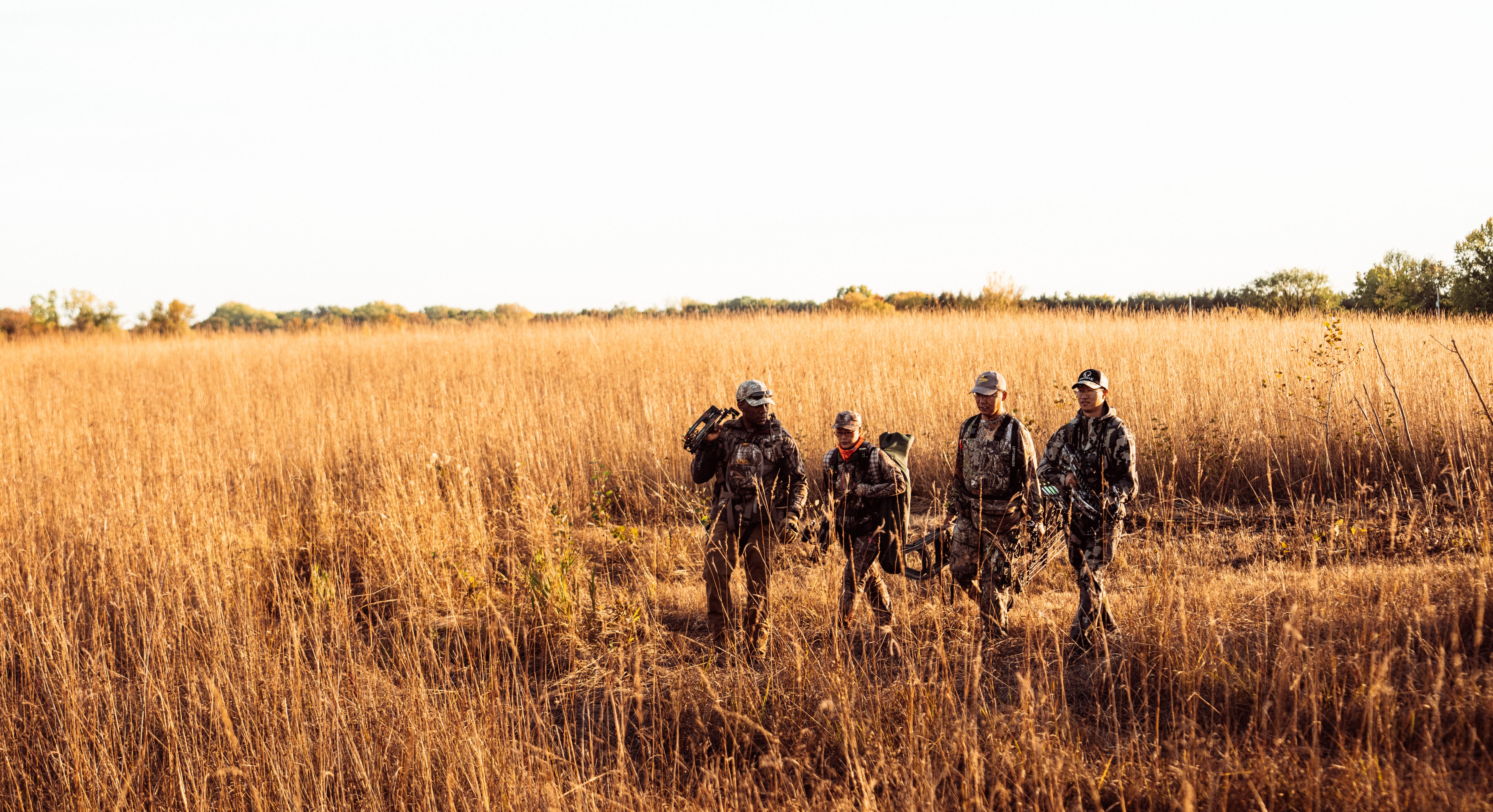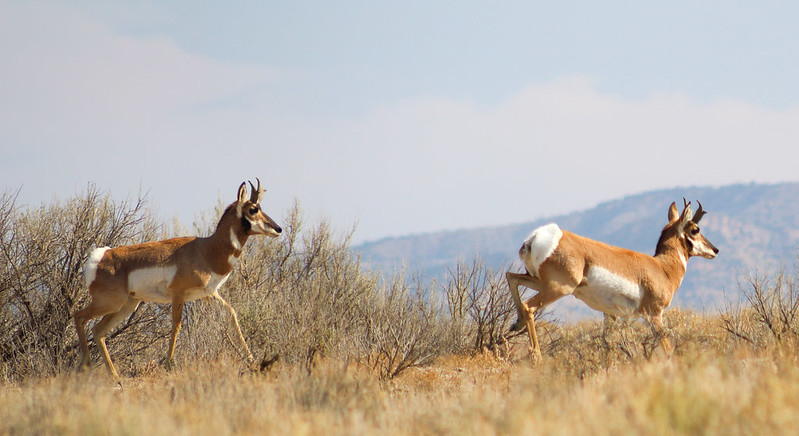Because of the threat CWD presents to deer hunting, TRCP sponsored and attended the 4th International Chronic Wasting Disease Conference to discuss cutting edge science, share management successes, and learn from failures.
As most hunters are aware, Chronic Wasting Disease (CWD) is a fatal disease spread by misfolded proteins called “prions” that affects elk, mule deer, and white-tailed deer. First detected in Colorado in 1967, CWD has spread to at least 32 states, including two new states (Oklahoma and Florida) in the past month! CWD has major repercussions for herd health, and there is precedence for other diseases of this type crossing the “species barrier” and affecting humans. Because of the threat CWD presents to deer hunting, the Theodore Roosevelt Conservation Partnership (TRCP) sponsored and attended the 4th International Chronic Wasting Disease Conference in Denver, CO from May 31 – June 2, 2023. The conference brought together leading researchers, federal and state agency personnel, NGO, and industry representatives to discuss cutting edge science, share management successes, and learn from failures.
It would be impossible to fully describe several days of scientific presentations and panel discussions in the space we have here, so here are my Top 5 Takeaways from the 4th International Chronic Wasting Disease Conference.
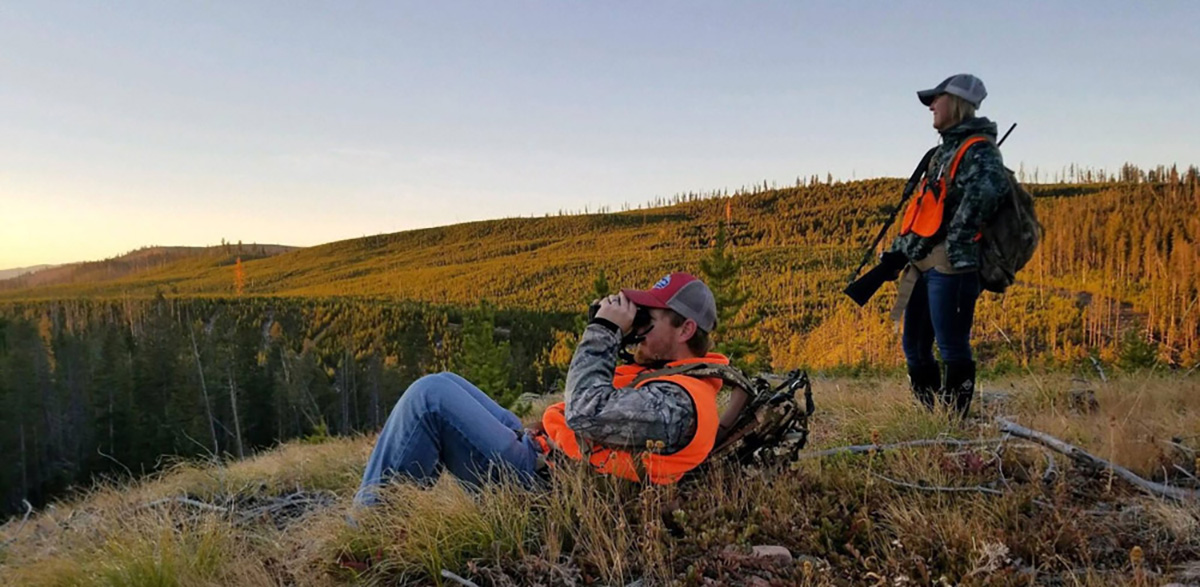
Hunters are the Key.
When it comes to CWD management, hunters must be a big part of the solution. When state or Tribal agencies use the best available science to create a CWD strategy, hunters must step up and help implement that strategy.
A key component of CWD management is simply promoting overall herd health. In many parts of the country, that requires reducing herd numbers and densities to sustainable levels. Not only can this help grow big, healthy bucks, but it also means hunters get to take more does. I don’t know about you, but any chance I get to solve a problem by hunting more is a chance I’m going to take.
At a minimum, hunters should follow CWD regulations, including being sure not to move deer or elk heads and spines from CWD affected areas. We also should not spread information about CWD without verifying its accuracy.
When agencies no longer consider hunters a partner in CWD management, we lose our seat at the table, and whoever replaces us is unlikely to have our interests in mind.
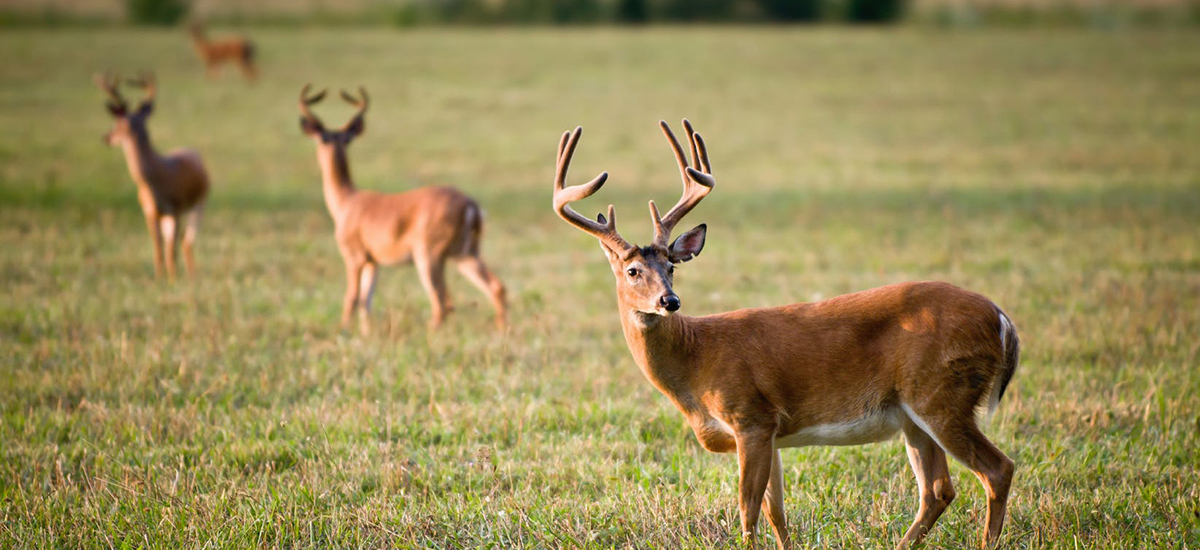
Don’t Move Deer.
Too many live deer are moved around the country every day. Herd certification protocols have failed to prevent the spread of CWD among captive facilities. Testing requirements are too often ignored and when CWD is discovered in a captive herd it is sometimes ignored or covered up. If we are going to continue to allow deer and elk farming in the era of CWD, we must make sure that the industry holds up their end of the bargain. It was great to see representatives of the captive deer industry participating in this conference; let’s hope they take the next step and become part of the solution.
Hunters must step up here as well. The best thing we can do is debone deer in the field and avoid transporting skulls, spines, and lymph nodes.
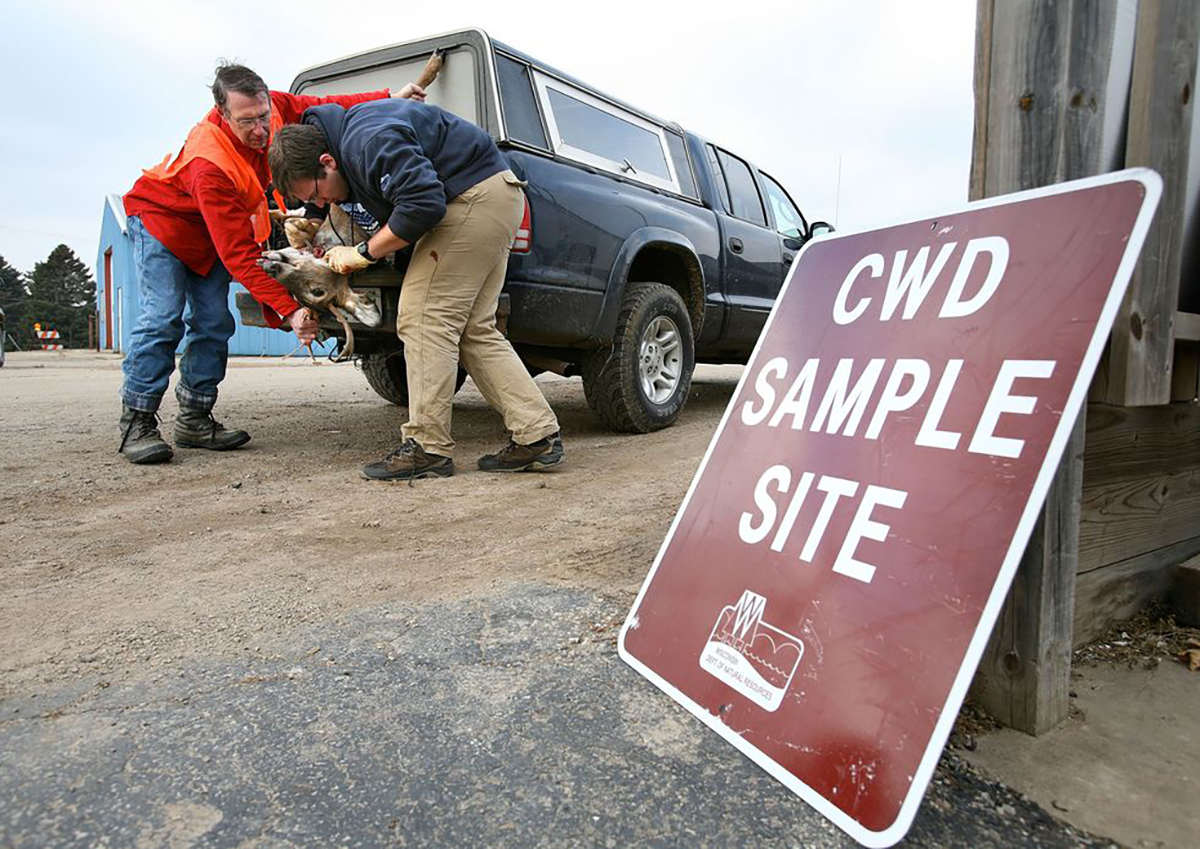
CWD is Not Going Away.
CWD is a challenging disease, but we can manage around it.
CWD prions can exist in the environment for years, bind to soil and plants, and spread very quickly. Multiple factors compound this challenge: CWD testing is not cheap, carcass-side tests need improvement, vaccines have not been successful, and breeding resistant animals has not made great strides (not to mention the fact that it has no applicability to wild deer). The silver bullet we have been looking for since CWD was first identified probably does not exist.
It had been 14 years since this conference was last held, and as you might imagine, a lot of work has been done to better understand and manage CWD since 2009. There is tremendous value in getting all parties involved, including hunters, in the same place for a few days. If we want to make a dent in CWD, we need to make such gatherings happen more often. By continuing to learn more about this disease and collaborating, we can continue to put what we already know into action. That is why the TRCP worked to get the CWD Research and Management Act passed, and why we continue to work to ensure it is funded. It’s also why we continue to advocate for hunting as a CWD management tool and continue to remind hunters that managing CWD means better hunting.
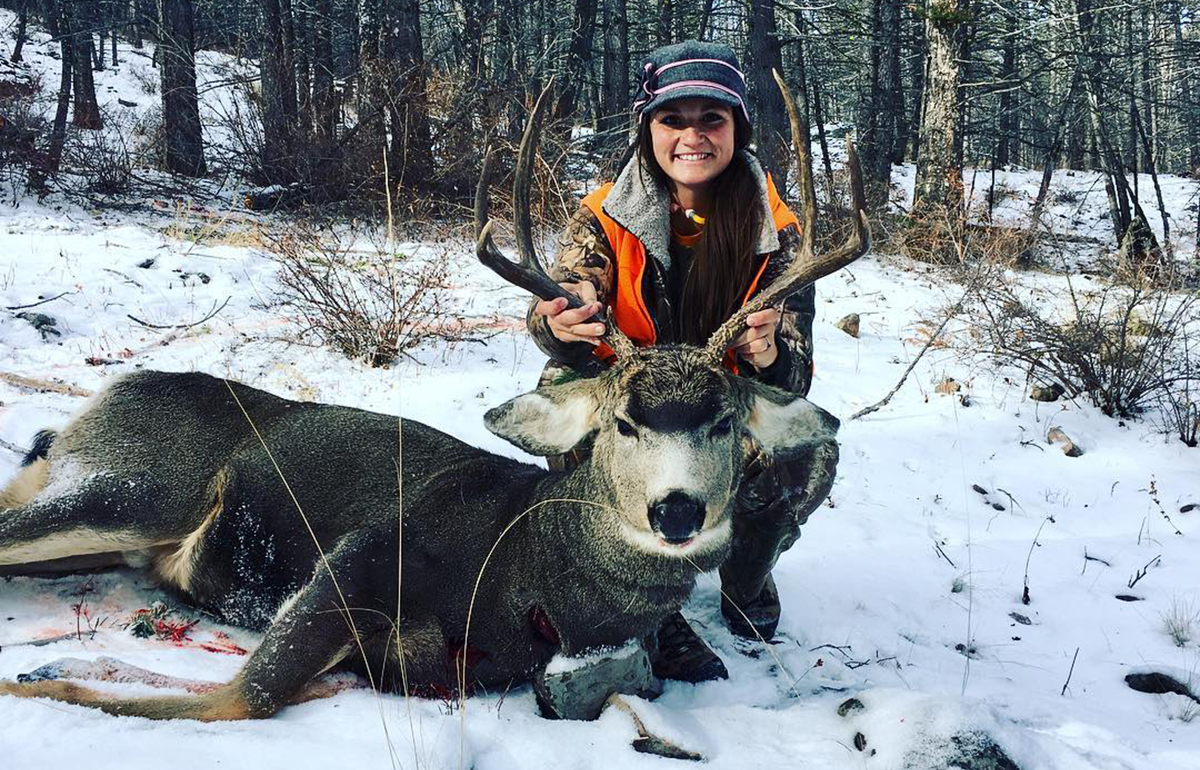
Humans Have Not Contracted CWD.
No one wants to be patient zero. Get your deer tested and demand that your state make testing easier.
One bright spot in the conference were the presentations reinforcing a lack of evidence for humans contracting prion disease from deer. Hunters in areas with long-term CWD currently do not show higher rates of prion disease than the general population, and even people who consumed meat from infected animals have not shown higher rates of disease. So far, the “species barrier” that prevents a CWD prion from affecting humans appears to be holding up. That is great news, but it does not mean we are out of the woods. Prion disease has spread across species, including to humans, in the past, and human prion diseases can take years or decades to become symptomatic.
The CDC still recommends that we do not consume meat from infected animals, so get your deer tested if you are hunting where CWD is prevalent. If testing is difficult or expensive in your state, make sure your elected officials know that this is important to you and to the future of deer hunting.
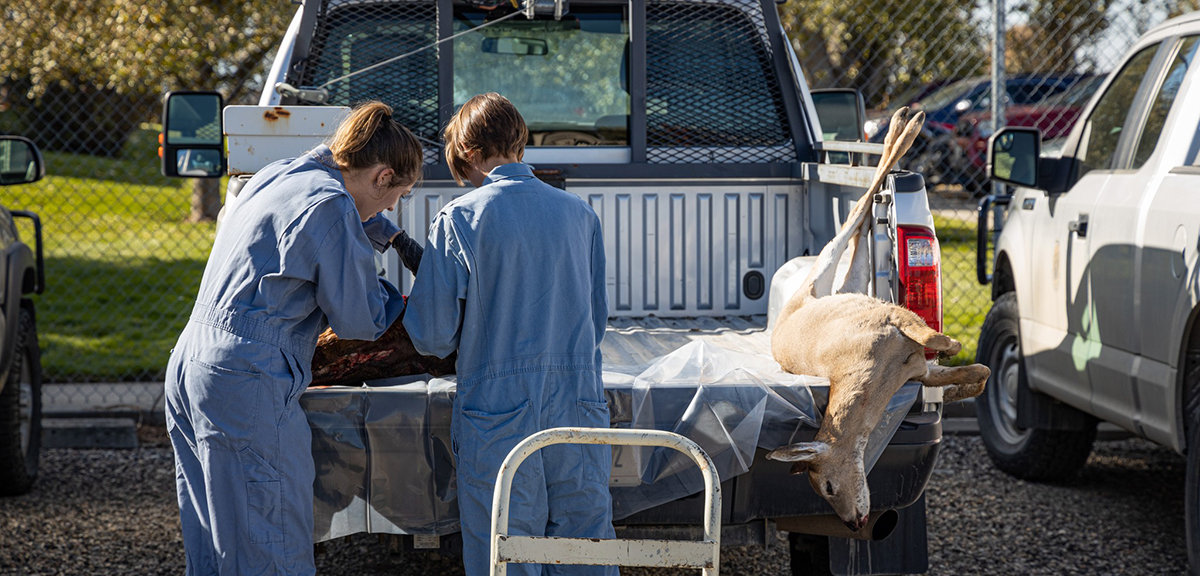
We Need More Information.
If we are going to make a dent in CWD, eradicate it, or even learn to live with it, we need to keep learning more about it. Researchers across the country, and even around the world, are working to better understand how CWD spreads, what leads to the most spread, where pathways to human disease exist, and how overall herd health can be maintained. Right now, there is still a massive shortage of funding to do this type of research, creating a bottleneck between a problem and its solutions. There are also onerous requirements for researchers that prevent them from doing CWD research in the first place.
Researchers know what is preventing them from getting answers, and the TRCP and our partners are taking that knowledge and using our policy expertise to remove roadblocks. This is how we will make sure we have the information hunters and agencies need to maintain healthy deer herds and great deer hunting.

